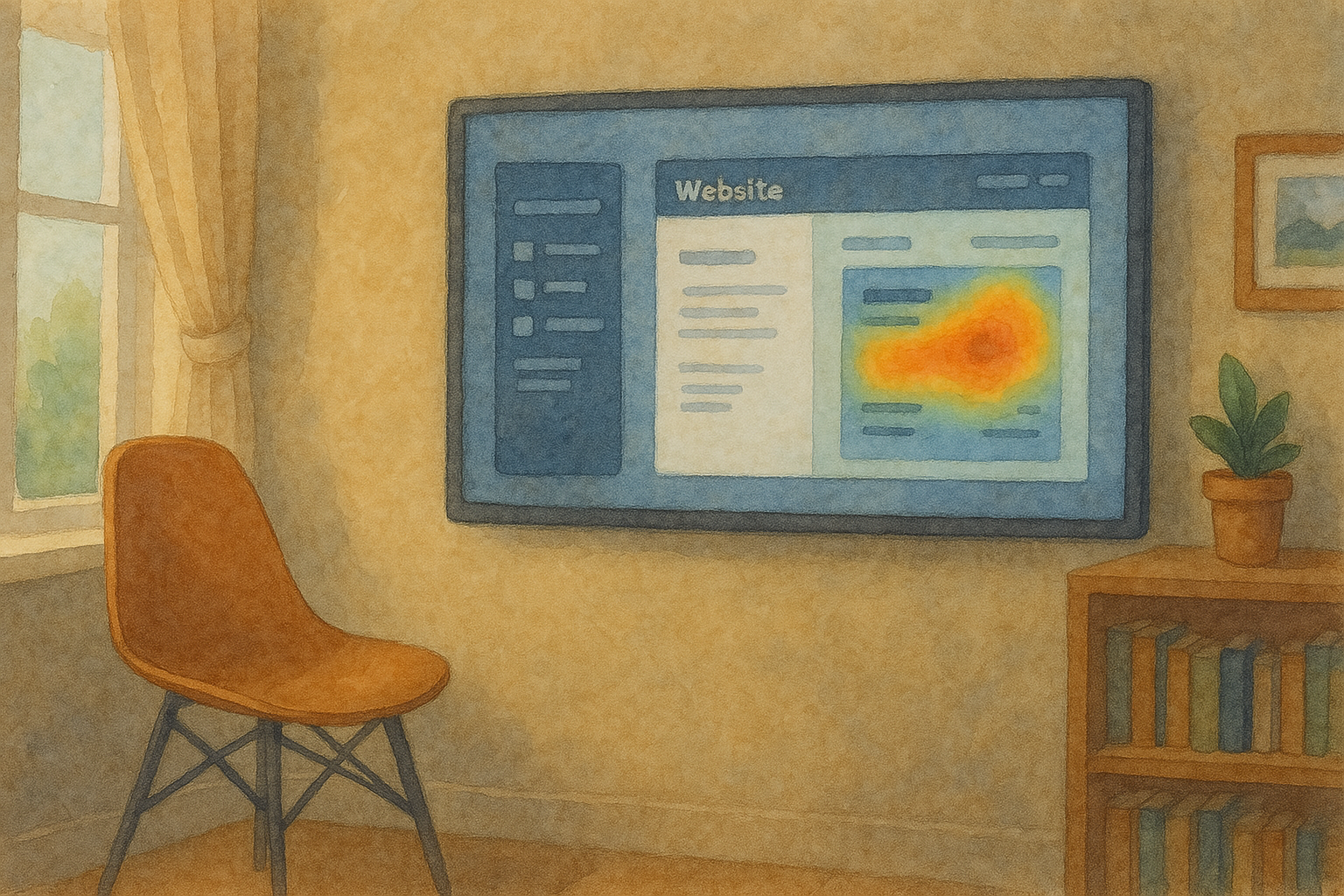
The Future of Enterprise Web Design
For decades, creating business websites required specialised skills in coding, graphic design, and user experience (UX) design. More recently, no-code tools with WYSIWYG interfaces have transformed this market by reducing the level of programming skills required and enabling enterprises to launch websites easier and cheaper. In 2023, conversational AI entered this space, enabling creators to leverage AI to assist in generating pages, elements, and code snippets from text and visual prompts.
While these capabilities continue to evolve daily, human-led, manual subjective decision-making has remained integral to the process throughout these transformations. I believe AI is close to removing this need for subjective human input and, when it does, fully autonomous website creation will become possible. When this happens, we'll see radical changes in enterprise web design processes and tooling.
Imagine an AI that can analyse a business model, branding, trends, competitors, and objectives. It could then leverage the enterprise's design system to build an optimised, conversion-focused website. Once published, AI could analyse user behavior, implement UX updates, and monitor website performance to make SEO improvements. Being acutely aware of the copy and design aesthetics that drive conversions within each locale, it could potentially even generate personalised experiences in real-time for each visitor to ensure high-impact user experiences.
Such an AI could make many manual web design practices obsolete virtually overnight.
Why spend months manually building a site when you can generate a conversion-focused website that continually optimises and refines itself? Leveraging data to remove instinctive decision making also appeals to any enterprise seeking easier, faster, and cheaper outcomes.
Of course, bespoke sites showcasing human creativity will remain. These sites will continue to push design trends forward; however, these sites will by and large not be created for enterprises. That said, AI will certainly leverage these trends and award-winning sites to engage visitors on the sites it designs. Adopting trends is already how the web design industry functions today - just without AI in the mix.
This shift requires rethinking digital experience platforms and platforms focused on web design and content management. Rather than feature-rich, human-led website builders with AI assistants, perhaps the focus will move towards collaborative site-specific model training, prompt engineering, and reinforcement learning from human feedback (RLHF).
The definition of the brand, design system, and content could become the deliverables - artifacts to train AI. Intuitive interfaces for prompt engineering and RLHF would be critical. Reliable, secure, and compliant hosting infrastructure and services would remain paramount.
Based on expert AI timeline predictions, this transformation could happen within 3 years. It will limit manual work but augment human creativity - crafting the design system and providing feedback to the model could become the new way to design. Being an early adopter could also provide a competitive advantage through better experiences, lower costs, and happier teams.
The enterprise web design space is ripe for disruption - what an exciting time ahead!